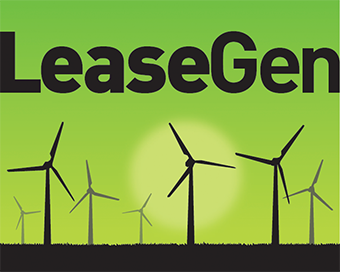A January 25, 2015 Vattenfall press release states it is decommissioning a 10 MW offshore project.
The press release notes the project was commissioned in 2001.
Vattenfall also notes the particular turbine model is no longer in production, that acquiring parts was difficult, and that they have other project locations with better wind resources.
For landowners and their advisors assessing the value of their turbine lease revenue stream and the risks to that revenue, there are three take-aways from this decommissioning:
1) Projects are decommissioned early — Projects sometimes are decommissioned before the presumed end of their equipment’s useful life. We have seen what appear to be early decommissionings in the US, as well. While early US decommissionings are rare, it seems more likely this could occur more often as the industry expands and as projects age.
2) The turbine matters — Turbines based on proven equipment platforms and manufactured by strong OEMs (like GE, Vestas, and Siemens) will be easier to service, and it will be easier to source replacement parts for these machines. This influences project economics, which necessarily influences project viability and thus also lease value.
3) The wind matters — Vattenfall noted some of their other locations have better wind resources. The point is that projects with a weak wind resource may be less likely to be repowered, or as appears to be the case here that they may be decommissioned before the presumed end of their useful life.
Without seeing the project economics it is not possible to say which of the turbine or wind were the more significant factors in Vattenfall’s decommissioning decision. But it is nevertheless important to note that each of these factors mattered, and these factors matter, too, when considering the value of and risks to a landowner’s turbine lease revenue stream.
http://corporate.vattenfall.com/press-and-media/press-releases/2016/the-first-decommission-in-the-world-of-an-offshore-wind-farm-is-now-complete/
